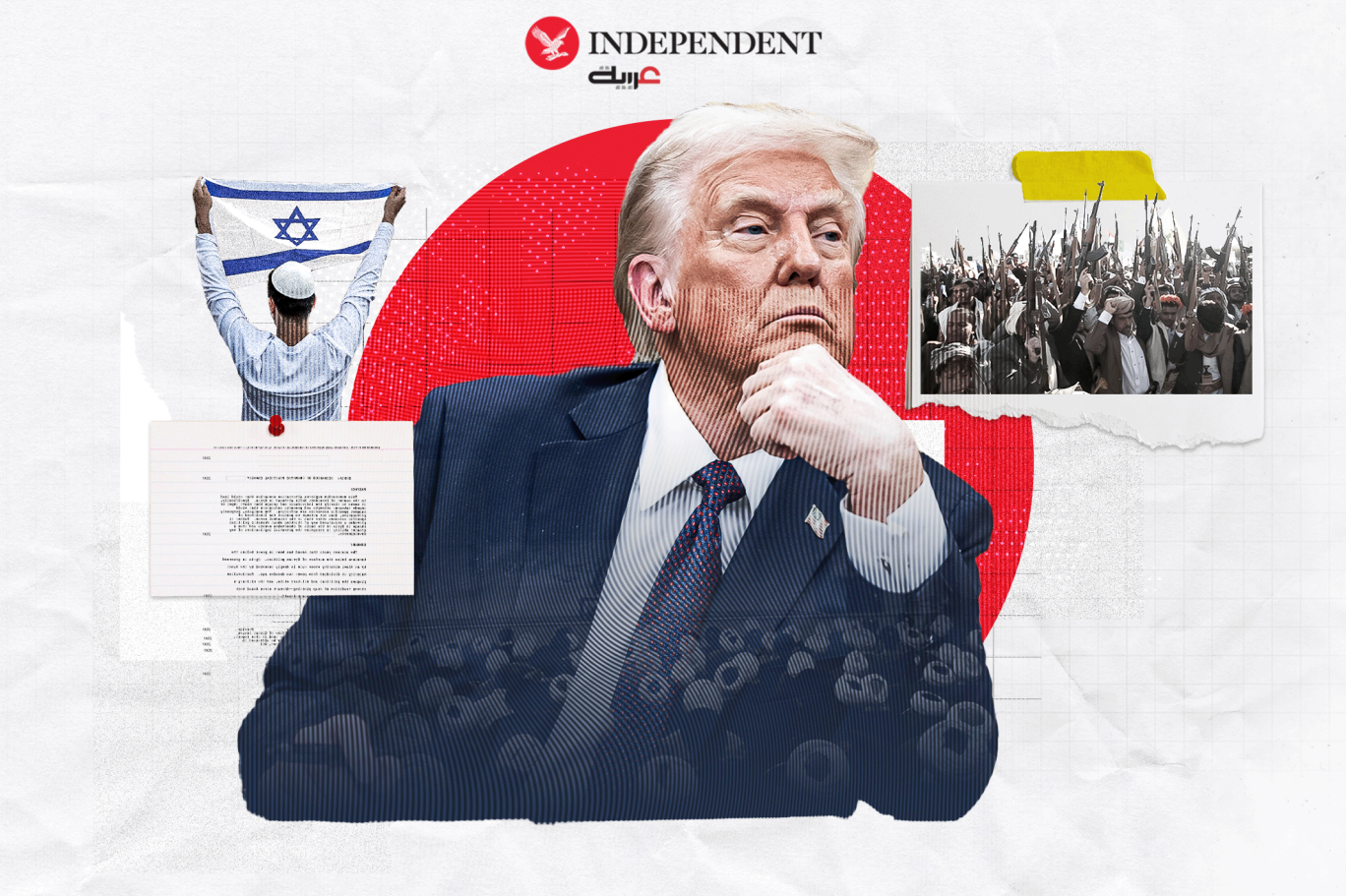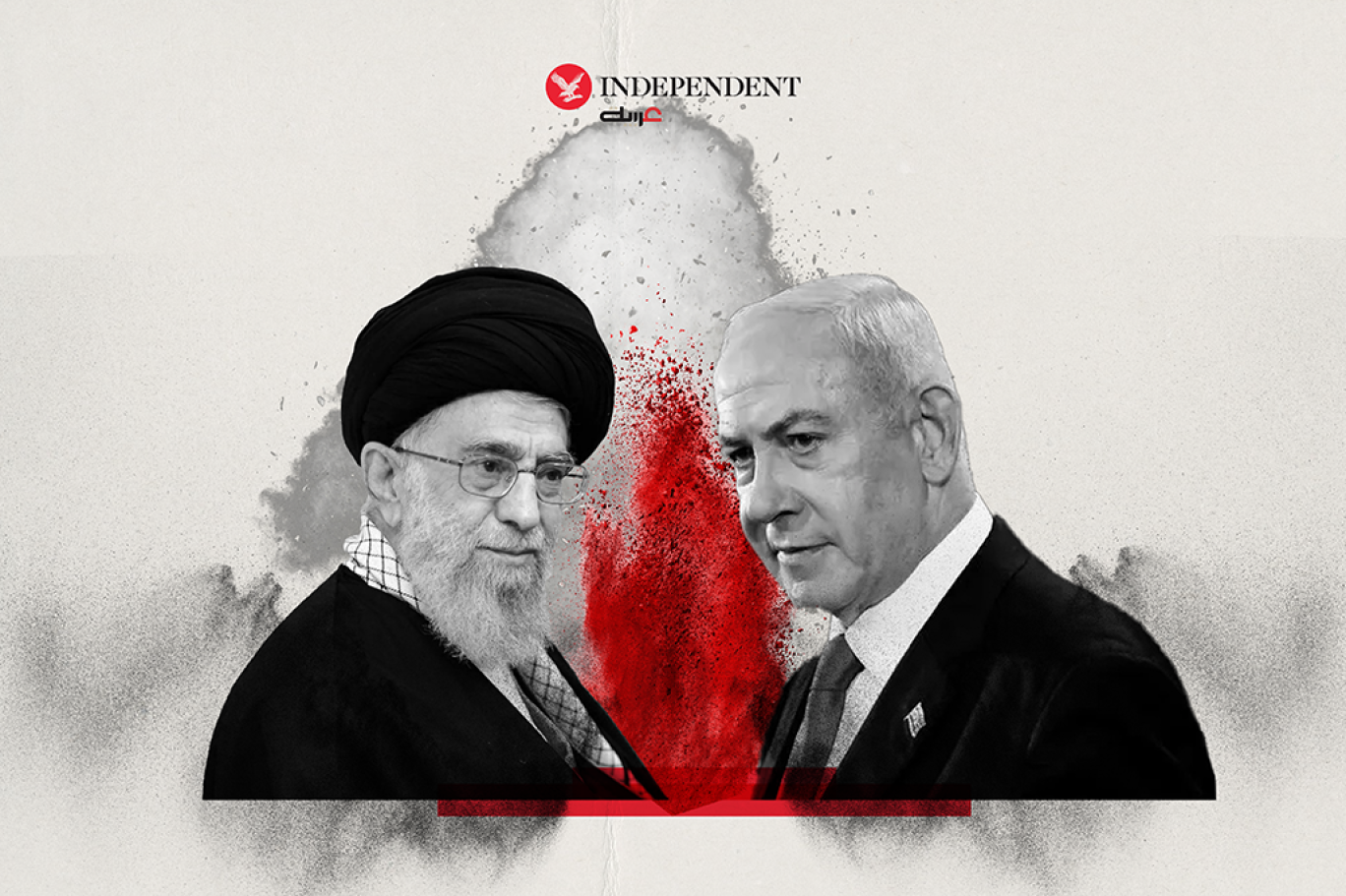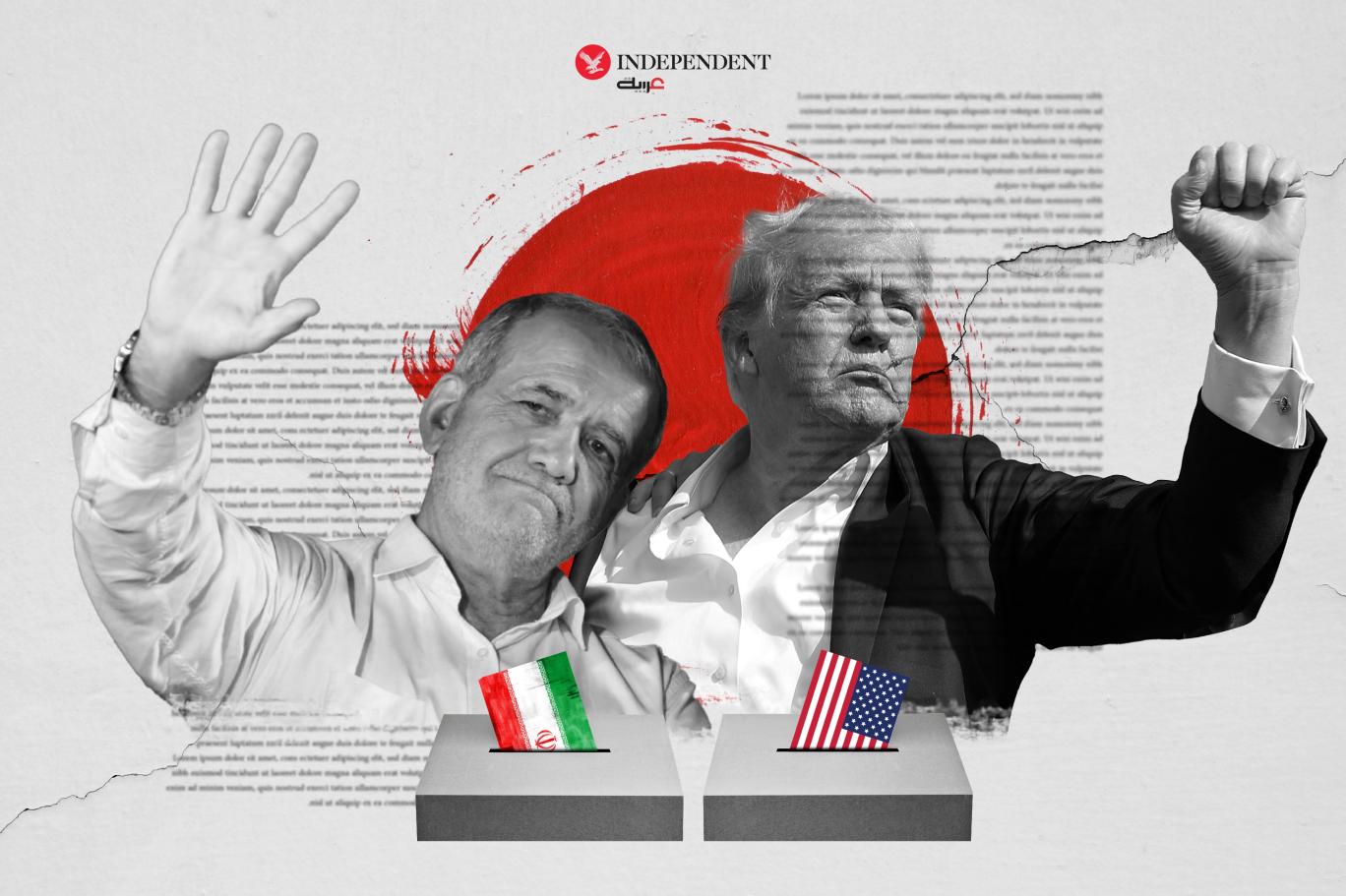History in the Middle East is moving very fast these days. The long-overdue fall of Syria’s Assad regime is only the latest evidence, and Donald Trump’s January 20 inauguration will accelerate the pace. The central question is whether the principal players seize opportunities now open for lasting regional peace and security before they quickly close. Of course, there are massive, daunting uncertainties, but leaders should remember the Roman saying, “fortune favors the bold.”
Surprisingly, one of the major uncertainties could be Trump. In his first term, he was viewed as automatically pro-Israel, moving the US embassy to Jerusalem and recognizing Israeli sovereignty over disputed territory in the Golan Heights. It would be wrong for several reasons, however, to assume reflexively that this pattern will recur during his second term.
For example, Trump’s private view of Netanyahu is far more negative than generally perceived, exemplified by Trump’s anger when Netanyahu congratulated Biden on winning the 2020 presidential election(https://apnews.com/article/joe-biden-jerusalem-israel-middle-east-iran-nuclear-d141ca03a5e38bfb60b37f94a38ecda8). To most of the world, this was hardly noteworthy, but Trump’s fixation never to be perceived as a loser forced him to argue that the Democrats stole the election, which mythology Netanyahu violated. Even before that, Trump said in an interview that he thought the Palestinian Authority’s Mahmoud Abbas wanted peace more than Netanyahu(https://www.youtube.com/watch?v=Lq1seiWI8ro), which hardly expresses confidence in the Israeli leader. Moreover, Netanyahu is an expert politician, far more astute than Trump, which undoubtedly also inflames Trump’s vanity.
Moreover, Trump’s obsession to seek a deal on anything and everything, even with Iran’s ayatollahs, may come to dominate his Middle East actions. As I previously recounted in The Room Where It Happened, Trump came remarkably close to meeting Iran’s then-Foreign Minister, Javid Zarif, at the August, 2019, G-7 summit in Biarritz, France. French President Emmanuel Macron suggested such an encounter to Trump immediately upon his arrival in Biarritz, and he was initially inclined to agree. Conferring in Trump’s hotel room with Jared Kushner and White House Chief of Staff Mick Mulvanery, I urged against meeting with Zarif. Trump ultimately did not see Zarif, but, as the Duke of Wellington said of Napolean’s defeat at Waterloo, it was “the nearest run thing you ever saw.”
Trump’s pre-Inauguration intervention in Joe Biden’s long effort to obtain a cease-fire/hostage-release deal between Hamas and Israel is also noteworthy. After seven months of failure, Trump’s pressure on Israel resulted in Netanyahu finally accepting Biden’s deal, or at least its first phase. Trump wanted to take credit for the hostage releases, hearkening back to the start of Ronald Reagan’s administration, when Iran returned US embassy officials taken hostage during the 1979 Islamic Revolution. On that level, Trump succeeded where Biden failed. But whether Trump understands Biden’s plan has other phases is far from certain, as are the prospects that even the first phase will conclude successfully, let alone those that follow.
Improbably, however, there have been signs, before and after Trump’s Inauguration, that he may believe that the Gaza war has actually ended. Steve Witkoff, his family friend and now a special Middle East envoy, has stresses that “phase two” of Biden’s deal, which involves further negotiation between Israel and Hamas, should begin promptly. This can hardly be what Israel expects. In addition, Witkoff’s Trumpian “zeal for the deal” mentality, and his inexperience, reflected in naïve public comments(https://www.foxnews.com/media/trump-envoy-says-gaza-ceasefire-could-pave-way-mideast-normalization-deal-inflection-point), are factors that could militate against Israel in the immediate future. Impressed by Witkoff’s performance to date, Trump may have decided to give him a role in Iran matters, although that remains unclear(https://www.axios.com/2025/01/23/trump-witkoff-iran-diplomacy-nuclear-deal). Nonetheless, both have said they favored diplomatic options to resolve Iran’s nuclear threat.
If true, this creates a dilemma for Netanyahu. Right now, Israel and America have the best opportunity ever to destroy Iran’s nuclear-weapons and missile programs. Israel has already massively damaged Iran’s missile-production facilities(https://www.axios.com/2024/10/26/israel-strike-iran-missile-production) and at least one target involved in weaponizing highly enriched uranium(https://www.axios.com/2024/11/15/iran-israel-destroyed-active-nuclear-weapons-research-facility), not to mention flattening Iran’s sophisticated, Russia-supplied, S-300 air defense systems(https://www.voanews.com/a/israel-s-attack-on-iran-has-left-tehran-offensively-and-defensively-weaker/7848701.html). Additional attacks in Syria after Assad’s overthrow have opened an air corridor allowing direct access from Israel to Iran. The path is clear.
Obstacles remain, notably Iran’s and Hezbollah’s remaining ballistic missiles, which would enable either retaliatory strikes against Israel, or even a pre-emptive strike to foreclose Netanyahu’s options. Israel, Jordan, and nearby Arab states must also worry about the current regime in Damascus, led by the Hay’at Tahrir al-Sham (“HTS”) terrorist group. Having shed his nom de guerre, and changed from combat fatigues to suits and ties, HTS leader Ahmed al-Sharaa is doing his best to convince outsiders that he now simply seeks responsible government in Syria. Whether this is true remains unclear, as do Turkish aspirations in Syria and across the region. The Biden administration(https://www.washingtonpost.com/national-security/2025/01/24/us-syria-intelligence-hts-isis/) reportedly went so far as to share intelligence with HTS about ISIS, although whether Trump will continue this risky business is unknown.
What is inescapable is that while Iran’s nuclear and missile capabilities have never been more vulnerable, Trump’s new administration seemed undecided on its future course. His first term may not be an accurate prediction of his second. There is no Trumpian grand strategy at work here since he does not do grand strategy. Instead, he is transactional, episodic, and ad hoc, often making decisions based on whatever the last person he consults with recommends. This may be the real future of America’s policy in the Middle East.
This article was first published in Independent Arabia on January 28, 2025. Click here to read the original article.









